Hiroshi Yamagata9780849325854, 0-8493-2585-4, 1-85573-771-X, 1-85573-927-5, 1-85573-970-4, 1855737426, 1845690850, 9781855737426, 9781845690854
Table of contents :
The science and technology of materials in automotive engines……Page 2
Contents……Page 6
Preface……Page 12
1.1 The reciprocating engine……Page 14
1.3 Engine components and typical materials……Page 18
1.4 Recent trends in engine technology……Page 20
1.5 References and notes……Page 22
2.1 Structures and functions……Page 23
2.2 The cast iron monolithic block……Page 28
2.3 The compact graphite iron monolithic block……Page 35
2.4 Aluminum blocks with enclosed cast iron liners to improve cooling performance……Page 38
2.5 Thermal distortion and heat discharge……Page 42
2.6 Improving engine compaction with surface modifications……Page 45
2.7 Casting technologies for aluminum cylinder blocks……Page 53
2.8 Open and closed deck structures……Page 59
2.9 The two-stroke cycle engine cylinder……Page 61
2.10 Conclusions……Page 62
2.11 References and notes……Page 64
3.1 Structures and functions……Page 66
3.2 Manufacturing process……Page 72
3.3 Piston design to compensate thermal expansion……Page 78
3.4 Heat treatment……Page 81
3.5 Reinforcement of the piston ring groove……Page 85
3.6 The high-strength piston……Page 89
3.7 Conclusions……Page 96
3.8 References and notes……Page 97
4.1 Functions……Page 100
4.2 Suitable shapes to obtain high power output……Page 102
4.3 Ring materials……Page 108
4.4 Designing the self-tension of rings……Page 115
4.5 Surface modification to improve friction and wear……Page 117
4.7 References and notes……Page 121
5.1 Functions……Page 123
5.2 Tribology of the camshaft and valve lifter……Page 126
5.3 Improving wear resistance of the cam lobe……Page 129
5.4 Reducing friction in the valve train……Page 141
5.5 Conclusions……Page 143
5.6 References and notes……Page 144
6.1 Functions……Page 145
6.2 Alloy design of heat-resistant steels……Page 147
6.3 The bonded valve using friction welding……Page 152
6.4 Increasing wear resistance……Page 156
6.5 Lighter valves using other materials……Page 158
6.6 The valve seat……Page 160
6.8 References and notes……Page 163
7.1 Functions……Page 165
7.2 Steel wires……Page 167
7.3 Coiling a spring……Page 169
7.4 Improving fatigue strength by shot peening……Page 171
7.5 The cylinder head……Page 174
7.7 References and notes……Page 176
8.1 Functions……Page 178
8.2 Types of crankshaft……Page 179
8.4 Forging……Page 183
8.5 Surface-hardening methods……Page 191
8.6 Micro-alloyed steel……Page 207
8.7 Strengthening……Page 211
8.9 References and notes……Page 217
9.1 Functions……Page 220
9.2 The monolithic con-rod……Page 222
9.3 The needle roller bearing……Page 225
9.4 The assembled con-rod……Page 231
9.5 The plain bearing……Page 235
9.6 Fracture splitting……Page 237
9.8 References and notes……Page 239
10.1 The development of catalysts for petrol engines……Page 241
10.2 Structures and functions……Page 242
10.3 The three-way catalyst……Page 245
10.4 The honeycomb substrate……Page 248
10.5 The development of catalysts to reduce NOx……Page 251
10.6 Controlling pollutants at cold start……Page 252
10.8 Exhaust gas after-treatment for diesel engines……Page 254
10.10 References and notes……Page 259
11.1 Functions of the turbocharger……Page 261
11.2 The turbine wheel……Page 262
11.3 The turbine housing……Page 268
11.4 The exhaust manifold……Page 269
11.6 References and notes……Page 273
Glossary……Page 274
Appendix A: international standards conversion table for alloys……Page 278
Reference……Page 280
Appendix C: the phase diagram……Page 282
Appendix D: types of cast iron……Page 288
References……Page 291
Appendix E: steel-making and types of steel……Page 292
References……Page 294
Appendix F: creating various properties through heat treatment……Page 295
Appendix G: mechanisms for strengthening metals……Page 301
References……Page 304
Reference……Page 305
Reference……Page 310
Appendix J: aluminum casting……Page 312
References……Page 316
Appendix K: elastic deformation and plastic deformation……Page 318
References……Page 320
Index……Page 322
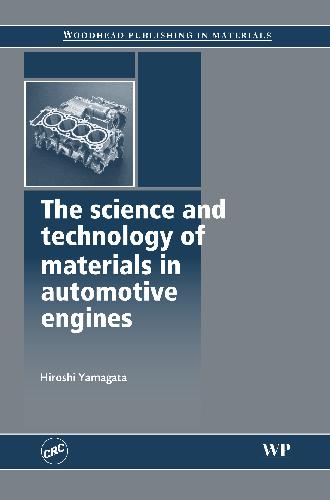
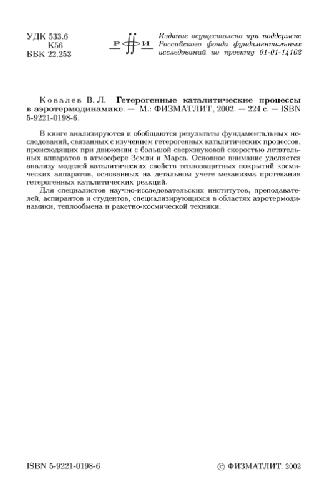
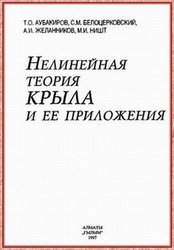
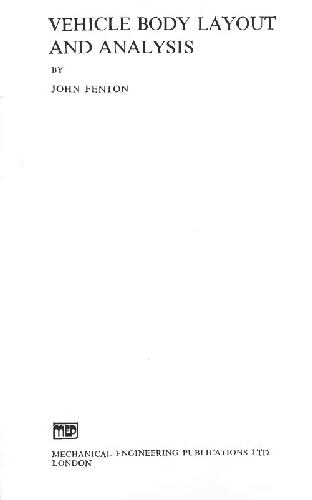

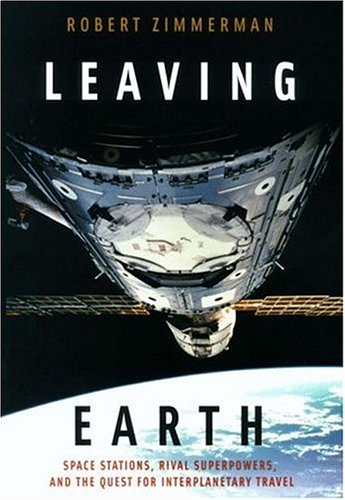

Reviews
There are no reviews yet.